Greek, Mesopotamia, Egypt & Rome: Fascinating Insights, Mythology, Stories, History & Knowledge From The World’s Most Interesting Civilizations & Empires: 4 books
Discover Myths, History & More From The World’s Most Ancient Civilizations!
Within this epic 4 book bundle are vibrant, exciting, and memorable characters – plus places, myths, history, legends and more from Ancient Greece, Mesopotamia, Egypt & Rome.
Included in this Captivating 4 Book Collection are:
- Ancient Egypt: Discover Fascinating History, Mythology, Gods, Goddesses, Pharaohs, Pyramids & More From The Mysterious Ancient Egyptian Civilisation.
- Greek Mythology: Explore The Timeless Tales Of Ancient Greece, The Myths, History & Legends of The Gods, Goddesses, Titans, Heroes, Monsters & More
- Mythology of Mesopotamia: Insights, Myths, Stories & History From The World’s Most Ancient Civilization. Sumerian, Akkadian, Babylonian, Persian, Assyrian.
- Roman Empire: Rise & The Fall. Explore The History, Mythology, Legends, Epic Battles & Lives Of The Emperors, Legions, Heroes, Gladiators & More
We promise that once you’ve finished reading you’ll not only take away a wealth of information – but you’ll own the experience as if you’ve lived it yourself!
That’s because we have a passion for presenting factual, enjoyable history and culture in a style that keeps you turning the pages. Our books aim to not only provide you with the knowledge but to create an experience…We want you to feel the mythology and history “brought alive”
Allow us then to guide you through the mysterious, fascinating and magnificent histories of Ancient Greece, Mesopotamia, Egypt & Rome. Gods, goddesses, kings, queens, pyramids, mythology, culture, battles, beliefs, rituals, love, war, and much more.
All This & Much More In This 4 Book Collection, including:
- The Timeline of Roman History – How did it all begin? And how did it end?
- The Ancient Origins & Story of The Olympics
- Introduction to the Sumerians, Assyrians, Persians & Babylonians.
- Egyptian Mythology, Gods & Goddesses – including, Ra; God of The Sun, Seth; God of Chaos, Osiris & more
- How The Roman Military Became The Most Powerful In The World.
- How Mesopotamia Laid Foundations for Human Civilization – technology, laws, education, languages & more.
- Ancient Greek Monsters – Medusa, The Hydra, Typhon, Cerberus & More!
- Love, War, Suicide & Venom – The Cleopatra, Caesar & Mark Antony Love Triangle
- Mesopotamian epics & myths, including the Epic of Gilgamesh, The Babylonian Creation Myth, The Enuma Elish & many more.
- Uncovering The Secrets of The Pyramids & The Mysteries Mummification
And much, much more…
It’s time to pull back the curtain and discover what it was really like back then. Get closer to those fantastic, colorful, and mysterious times.
Whether you’re a history enthusiast or just a curious reader…Inside you will discover a wealth of history, mythology, culture and more in this book.
| Dimensions | 17.78 × 3.45 × 25.4 cm |
|---|---|
| ASIN | B09MDLV1ZD |
| Publisher | Independently published (29 Nov. 2021) |
| Language | English |
| Hardcover | 516 pages |
| ISBN-13 | 979-8775959876 |
| Dimensions | 17.78 x 3.45 x 25.4 cm |
7 reviews for Greek, Mesopotamia, Egypt & Rome: Fascinating Insights, Mythology, Stories, History & Knowledge From The World’s Most Interesting Civilizations & Empires: 4 books
Related products
Ancient Book of Jubilees
£5.99Cosmic Legacy of Ancient Egypt
£15.49Today, we do not use our ancient cosmic orientation to relate to the natural world as we once did. It’s no longer determined by where we are or what time it is by the Sun’s daily motion across the sky. Our perception of the outside world has changed, and we have lost our sense of wholeness within a great system. Factors such as our work and play rhythms, clothing, diet, and travel are affected by climatic and seasonal factors. These factors affect our unconscious sense of timing and our ability to communicate with nature, which we often overlook.
Often we marvel at the apparent serenity and spiritual confidence of ancient people, forgetting that their tools were taught and used within an environment that encouraged them to recognize and embrace natural and divine forces. These tools enabled one to maintain a profound sense of cosmic orientation, keep it, and view one’s role as actual spiritual work. In ancient Egypt, a man named Al was gifted with a sense of cosmic orientation.
As dams have been constructed in our era, the Nile no longer produces an annual flood, but understanding the rhythm of that event and others associated with it is essential to understanding Egyptian rituals and ceremonies. To restore cosmic orientation, we need to leave our temporal field of time and enter the visible universe of ancient Egypt, where cosmic rhythms sustained human life, nature, and even the gods.
For Egyptians, both secular and spiritual matters were governed by the concept of time. Even though the gods’ realms (Neheh) were considered eternal, they were also continuous and manifested in cycles. According to cosmic life’s ebbs and flows, gods appeared at different times but were lasting and constant. Through the medium of heavenly bodies, events take place in linear time (Djet) and according to the ebb and flow of cosmic life. The three dimensions of cosmic activity were thought to be formed by three distinct rhythms, the lunar, solar, and stellar.
Whispers of the Ancients: The Genetic Secrets of the Balkans: Myths, DNA, and the Untold Story of the Balkans
£14.99Their origins, migrations, and the transformations of entire peoples are written into the bloodlines of the present. Beneath the myths and legends passed down through centuries lies something far older—fragments of history encoded within us, waiting to be uncovered. The past is not lost. It lives, hidden in the shadows of time, waiting for those who dare to look.
The Sumerian Civilization: An Enthralling Overview of Sumer and the Ancient Sumerians (History of Mesopotamia)
£10.49Ancient Mesopotamia’s legacy was truly revolutionary. Childlike pictures scratched into wet clay evolved into the first written language. The Mesopotamians wrote the first epic poems, the first hymns, the first histories, and the first law codes. They developed the first wheel for transportation; simple carts that hauled bricks or produce morphed into chariots racing along at thirty-five miles per hour.
They gazed at the sky and mapped it, observing the planets’ retrograde motions and predicting lunar and solar eclipses. They developed the concept of time, measurements, basic counting, higher math, and hydraulic engineering.
Mesopotamia gave birth to the world’s first great empires—the Akkadians, Assyrians, Babylonians, and Achaemenids—which stretched over three continents.
A glimpse at the questions this overview unpacks includes:
- How old is the world’s first city?
- How did the Eridu Genesis compare to Noah and the ark?
- How fast was the world’s first postal system?
- How many times did Babylon’s patron god Marduk get stolen?
- How did Hammurabi’s law code compare to the Law of Moses?
- Who calculated pi (π) to the value of 3.125 and understood the Pythagorean theorem twelve centuries before Pythagoras was born?
- Did Xerxes really have a million men in his army?
- Which empire encompassed 44 percent of the world’s population?
- What eunuch poisoned most of the Persian royal family?
- And much, much more!
Scroll up and click the “add to cart” button to learn the stories of incredible ancient Mesopotamia!
The Roman Revolution: 1 (The Fall of the Roman Empire)
£11.99It was a time of revolution.
The Roman Revolution describes the little known “crisis of the third century”, and how it led to a revolutionary new Roman Empire. Long before the more famous collapse of the Western Roman Empire in the fifth century, in the years between AD 235-275, barbarian invasions, civil war and plague devastated ancient Rome. Out of this ordeal came new leaders, new government, new armies and a new vision of what it was to be Roman. Best remembered today is the rapid rise of Christianity in this period, as Rome’s pagan gods were rejected, and the emperor Constantine converted to this new religion. Less well remembered is the plethora of other changes that conspired to provide an environment well suited to a religious revolution. Drawing on the latest research, Nick Holmes looks for new answers to old questions. He charts the rise of the Roman Republic and the classical Roman Empire, examining the roles played by sheer good luck and the benign climate. For example, he emphasises the unexpected death of Alexander the Great and the subsequent weakness of the Greek successor states as the ideal political environment for Rome’s expansion. But Rome’s good fortune did not last. The rise of Sasanian Persia, the growing strength of the German barbarians, and the brutal effects of the Antonine plague caused the near collapse of the Roman Empire in the third century. Focusing on the reigns of the critically important but under-researched emperors in the third century, such as Aurelian, Diocletian and Constantine, he vividly brings to life how Rome just escaped catastrophe in the third century, and embarked on a journey that would take it into a brave new world – one which provided the foundations for modern Europe and America. This book is the first of a multi-volume series that will chart the full course of the Fall of the Roman Empire from the third century AD to the seventh. The second book, The Fall of Rome, continues the story of Rome’s decline up to the sack of Rome by Alaric the Goth in AD 410. The third book, Rome and Attila, covers the period from AD 410 to the western empire’s final demise in AD 476. Further books will look at the Roman reconquest of Italy and North Africa under the Emperor Justinian in the sixth century, followed by the rise of Islam and the demise of the Eastern Roman Empire in the seventh century.
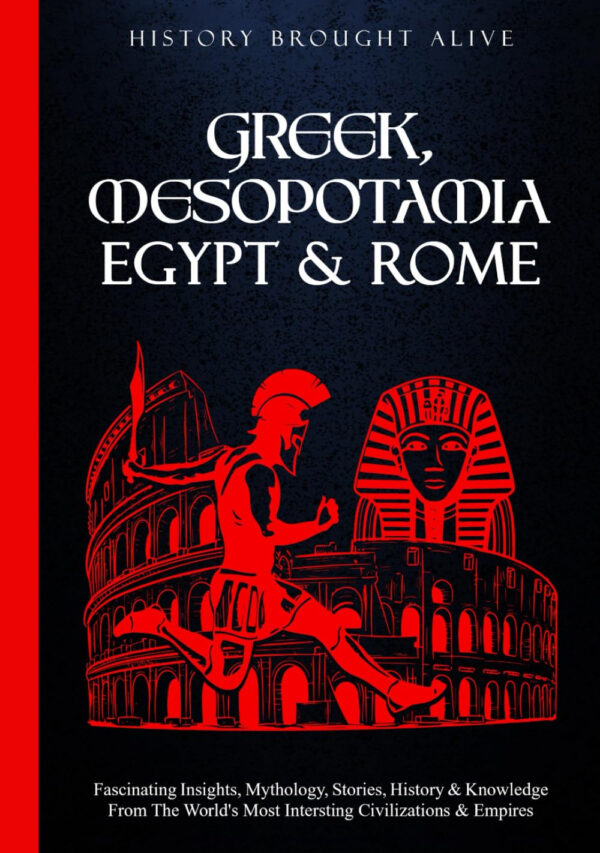




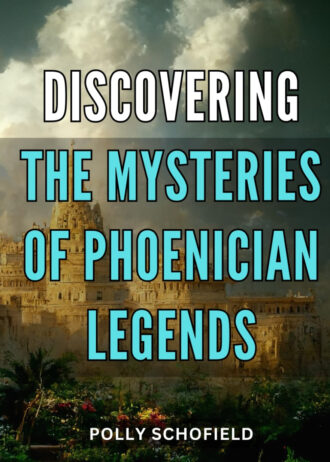
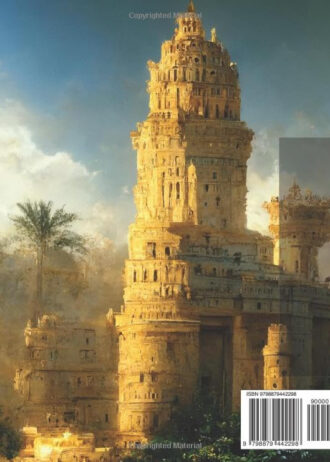
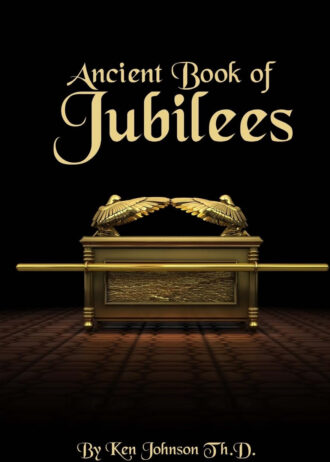


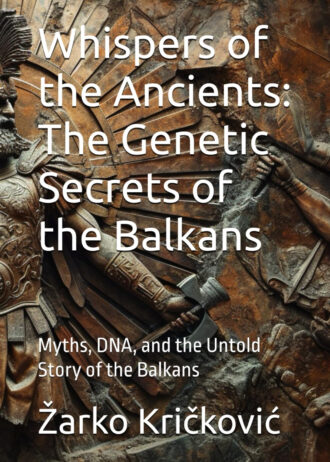
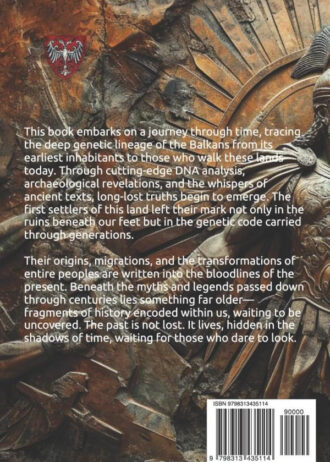
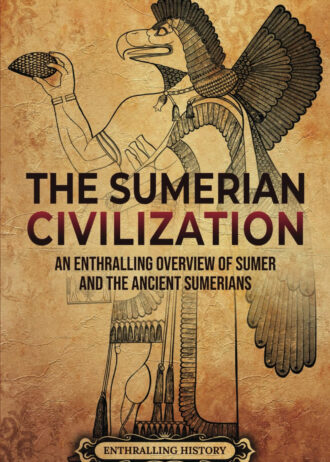
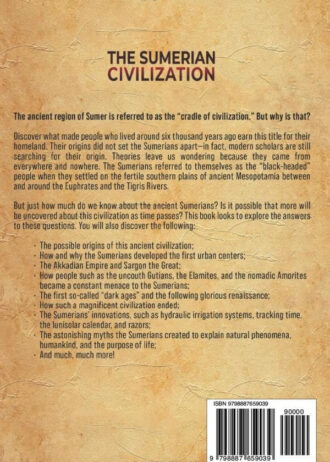
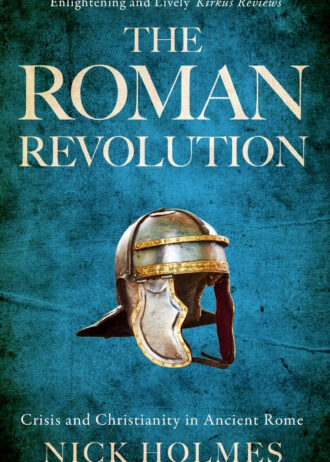
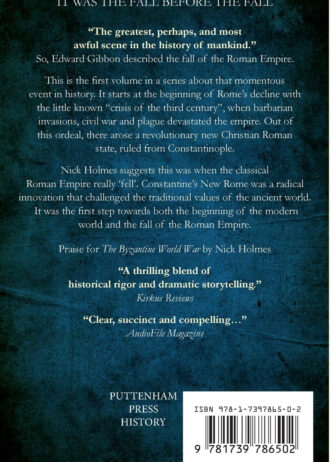
R,H –
Recipient was delighted with this book.
RjS –
Enjoyable as an interesting introduction to these four great civilizations.Not sure about intended audience and it unfortunately really loses out as it contains no illustrations. (The disadvantage of being an e-book.)I enjoyed the Mesopotamian section most as new to me. The Roman section was, I think, the most wide-ranging and inclusive.Confused me at first as it is presented as one volume but is in fact 4 separate booklets so contents page at start of book is only for first booklet on Egypt. (I had to go looking for the contents pages for other sections and then bookmark them.)Sometimes the English sounds slightly odd.For example this section was praising the Greek pantheon and its impact on human civilization so the use of the word ‘stained’ jarred – plus the inherent tautology.“… but their legacy will live on forever and have a stained history for hundreds of years to come.”Excerpt FromGreek, Mesopotamia, Egypt & RomeHistory Brought AliveThis material may be protected by copyright.I received an advance review copy for free, and am leaving this review voluntarily.
Judith –
This book is just as good a contribution to easy-to-read reference materials and information sources as all the other books were in the series. This includes many different geographies and empires that were previously published separately. I would gladly recommend this book which will greatly contribute to our understanding, and appreciation of civilisations past and our knowledge of ancient history and culture.I received a free copy of this book via Booksprout and am voluntarily leaving a review.
Kira Recensisce –
Bello
È in inglese, la persona alla quale l’ho regalato l’ho apprezzato tantissimo, benfatto.Prezzo prodotto: 7/10Descrizione: 8/10Risultato: 9/10Spedizione/assistenza: 10/10
Justin –
A Student’s History Report
First off my copy starts on page 19. No table of contents, no title pages, no publisher information; just straight to a random sentence about Egypt. The madness continues with the font size and the numerous massive gaps between paragraphs which are one or two sentences long throughout the book. Spelling errors add to the feeling that I’m not reading a work by a researcher but a student giving a report for a class. Finally the bibliography cites Wikipedia on multiple occasions, and while that isn’t itself an issue it does mean that the writer decided not to check the primary sources and just used the condensed information that was easiest to find. All of these factors make it difficult for me to take it seriously or to recommend anyone put money down on this. Bottom line: if you’re interested in the history of any of the cultures in this book you’re better off checking out work by historians that put their names on their books.
Joe Sullivan –
Good book but physically started to fall apart as I read it…
See above headline…
DB –
Cheap and put together wrong.
The pages are in random orders and looks like it’s cheaply put together. Brand new book waste of money. Stick to Barnes and Noble for book buying or some places else. 2nd time on Amazon I got a messed up new book. SMH should actually get negative stars